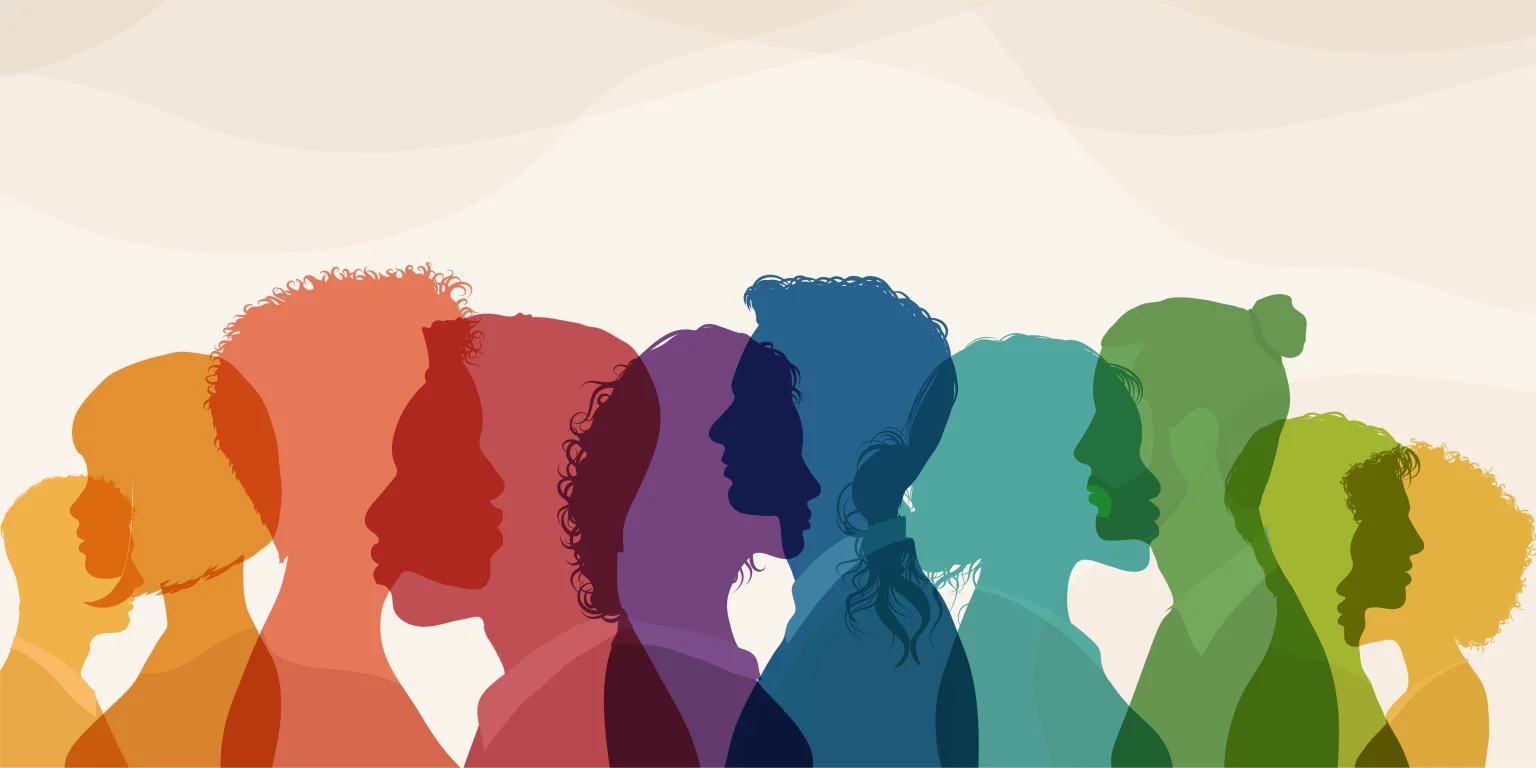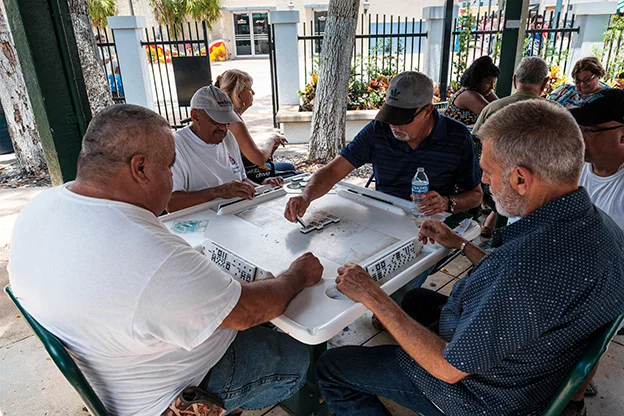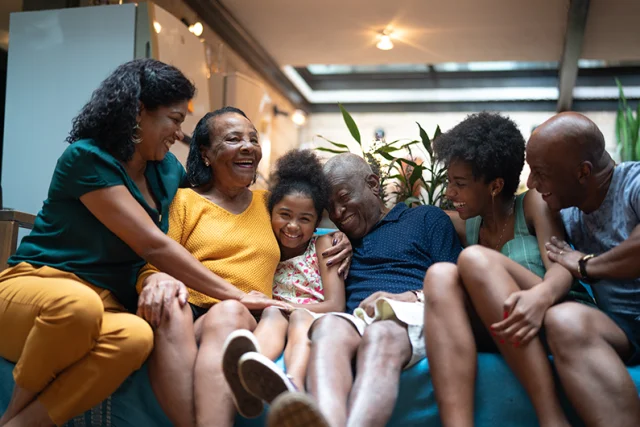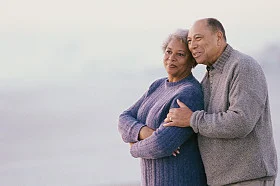Tag: white

The first place most people say they would go for information about Social Security’s various benefits is family and friends. That’s true whether they are Black, White, Asian, or Hispanic. But after family and friends, there are few similarities in whom each group consults. And their preferences, revealed in a new survey, reflect differences in…

Too many retirees of color are in the financially precarious state between outright poverty and barely getting by. Far larger shares of the nation’s Latino, Black, Asian, and Native American retirees are financially insecure than Whites, according to a new report confirming the now-familiar racial disparities that face both workers and retirees in this country…




